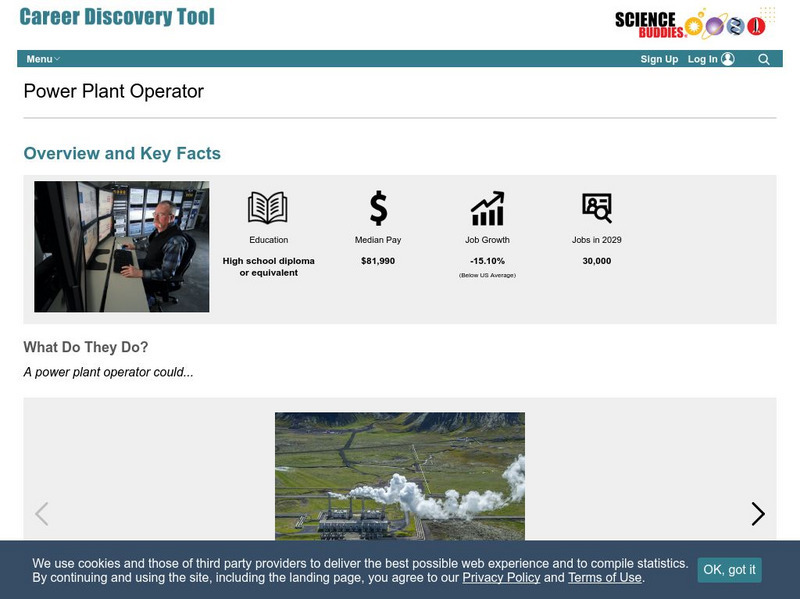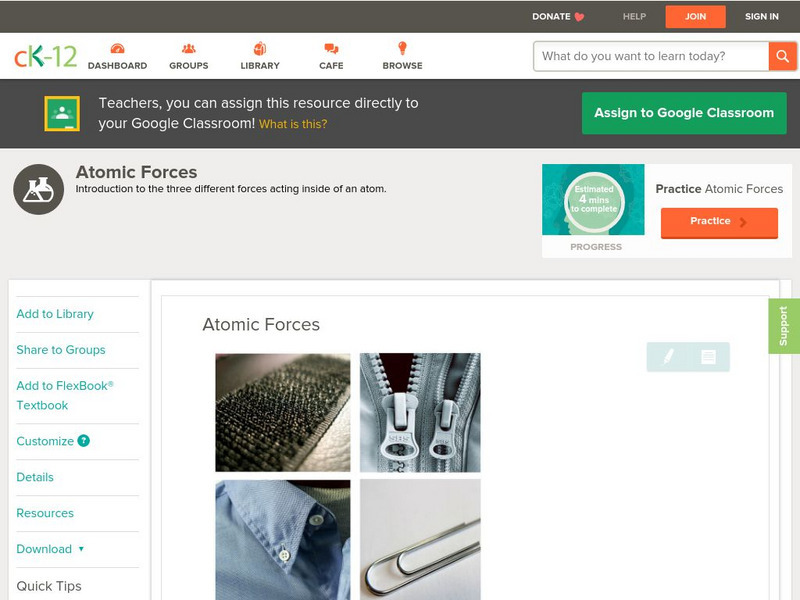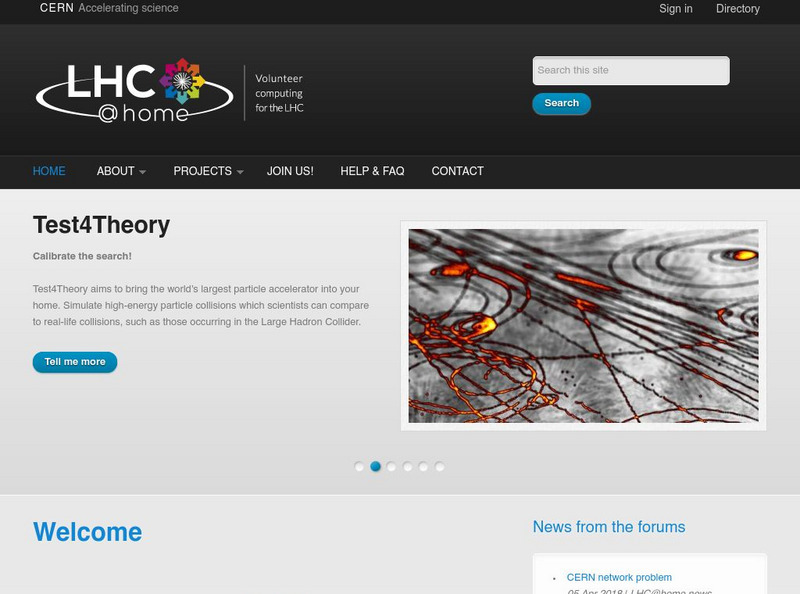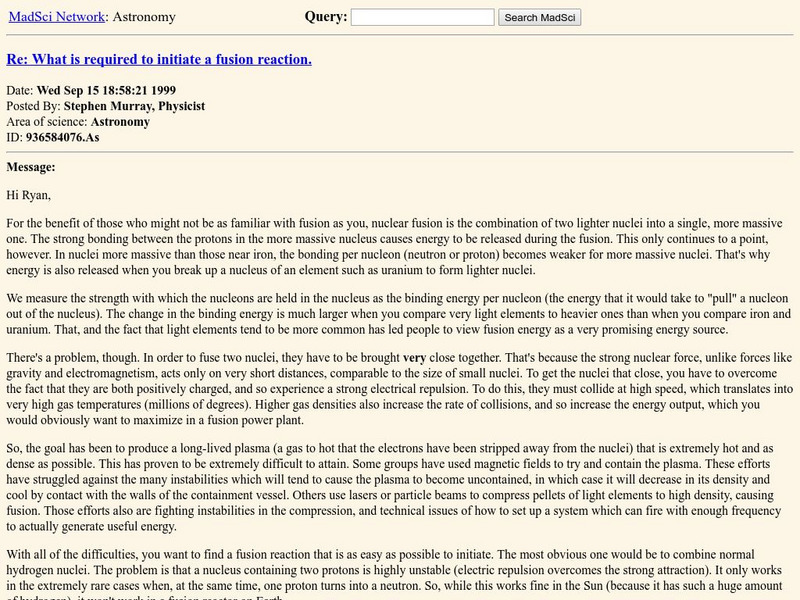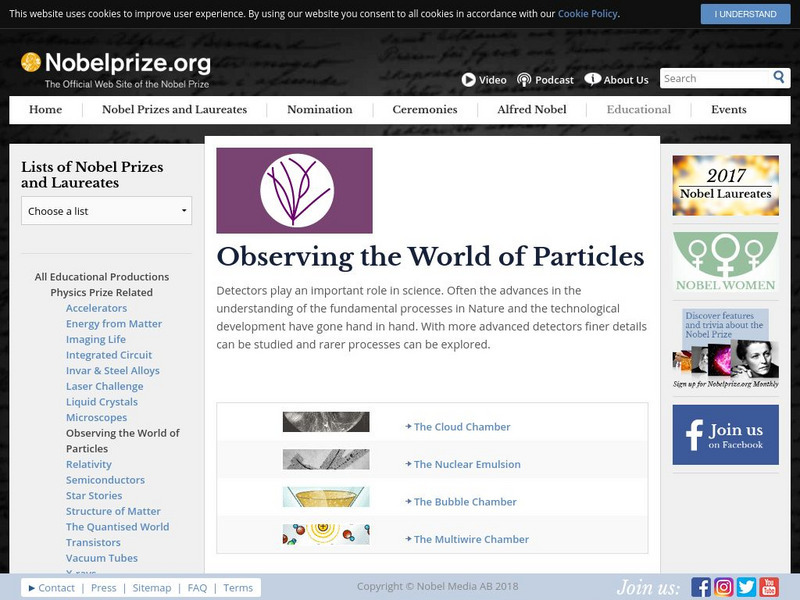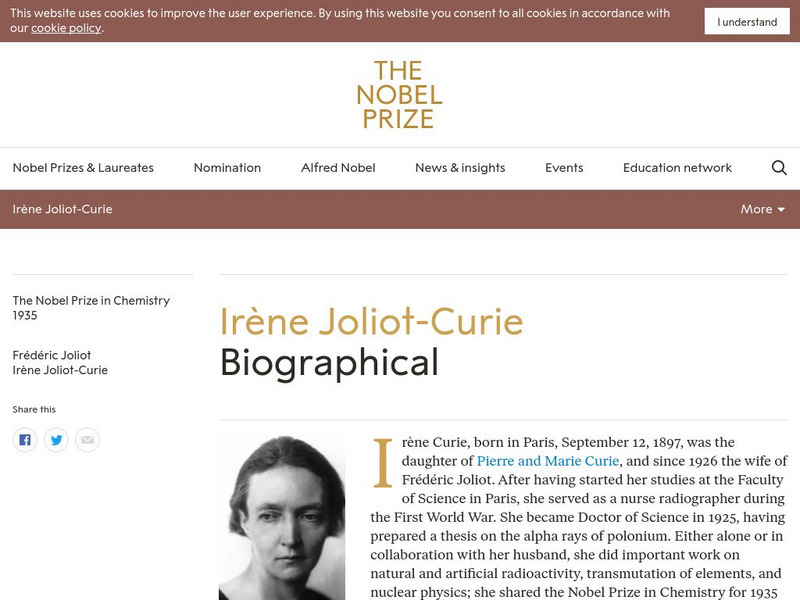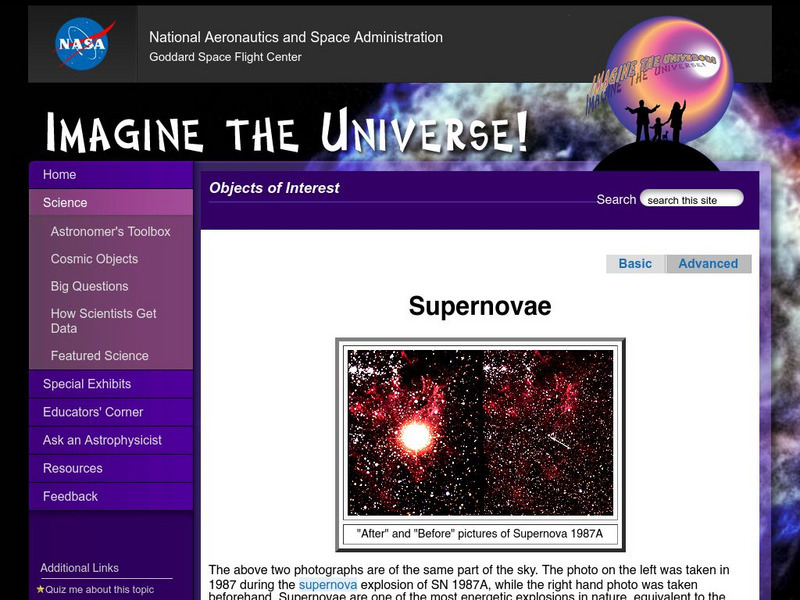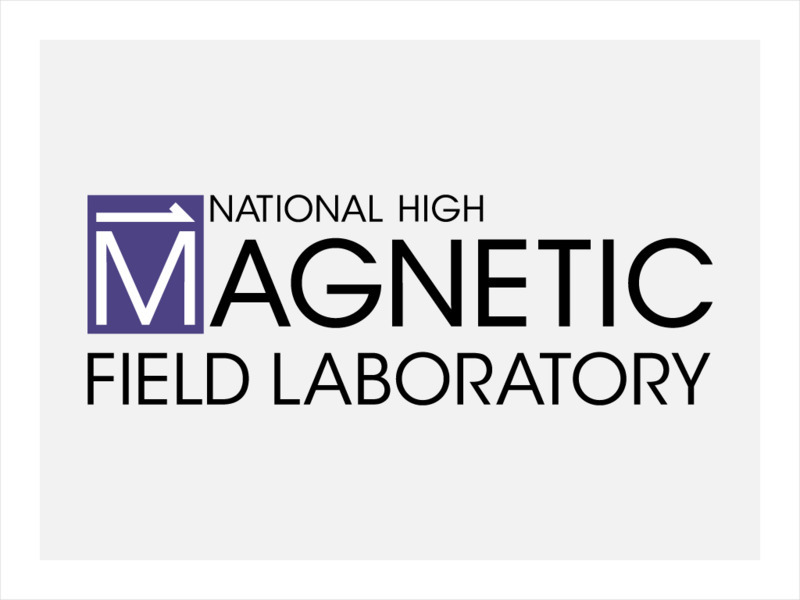CK-12 Foundation
Ck 12: Physical Science: Forms of Energy
[Free Registration/Login may be required to access all resource tools.] Introduction to forms of energy including the seven different forms.
CK-12 Foundation
Ck 12: Physical Science: Alpha Decay
[Free Registration/Login may be required to access all resource tools.] How and why alpha decay occurs, its dangers and how to write a balanced nuclear equation for alpha decay.
CK-12 Foundation
Ck 12: Physical Science: Beta Decay
[Free Registration/Login may be required to access all resource tools.] How and why beta decay occurs, its dangers, beta-minus and beta-plus decay and how to write a balanced nuclear equation for beta decay.
Science Buddies
Science Buddies: Career Profile: Power Plant Operator
Keeping the power moving to houses and businesses is the job of the power plant operator. Whether the power comes from hyrdroelectric, nuclear, or coal energy, the power plant operator needs to know how to keep the turbines moving. This...
Other
The Physics Factbook: Range of Ballistic Missile
Highlights some of the unbelievable characteristics associated with ICBM technology. Includes an informative and detailed factsheet as well as a concise description of the information.
University of Cambridge
University of Cambridge: Physics: The Neutron
This site provides a great series on the neutron discovered by James Chadwick. Includes a seven-page series that covers what is inside the nucleus, the elusive neutron, beryllium radiation, Chadwick's discovery, neutrons from beryllium,...
CK-12 Foundation
Ck 12: Physical Science: Atomic Force
[Free Registration/Login may be required to access all resource tools.] Atomic forces and how they interact with particles.
Other
European Organization for Nuclear Research: Lhc@home: The Lhc
A basic explanation of the Large Haldron Collider, a particle accelerator near Geneva, works.
CK-12 Foundation
Ck 12: Physical Science: Atomic Nucleus
[Free Registration/Login may be required to access all resource tools.] The nucleus of an atom and what holds it together.
PBS
Pbs: People & Discoveries: Ernest Rutherford
A lovely biographical piece about Ernest Rutherford. A number of personal notes, along with extensive information about the physics work he did. Nice quote at the end.
American Academy of Achievement
Academy of Achievement: Edward Teller, ph.d.
Biography of Edward Teller teaches us about his early life which began in Budapest, Hungary, his interest in physics and his subsequent contributions in the development of the atomic bomb.
MadSci Network
Msn: What Is Required to Initiate a Fusion Reaction?
From the Mad Scientist Network web site. Using a question and answer format, this page provides a thorough discussion of fusion reactions. Fusion and fission are compared and contrasted and the mechanisms which must occur to initiate and...
Other
Stony Brook Center for Nuclear Theory: Nuclear Theory Group
This site describes the ongoing work by the Stony Brook Center for Nuclear Theory in the field of Quantum Chromodynamics, and gives a brief definition of this concept. The site has a link to the webpage of the primary research scientist.
CK-12 Foundation
Ck 12: The Nucleus and Isotopes
[Free Registration/Login may be required to access all resource tools.] In this lesson, students learn about the particles in an atomic nucleus, isotopes, and nuclear forces.
Nobel Media AB
The Nobel Prize: Observing the World of Particles
After some brief background information on detectors, this site breaks into information on the cloud chamber, the nuclear emulsion, the bubble chamber, and the multiwire chamber.
Curated OER
Science Kids: Science Images: Nuclear Symbol
This is a well known symbol representing some kind of nuclear activity or material. This nuclear symbol is often seen on warning signs, especially near reactors and dangerous nuclear facilities.
Nobel Media AB
The Nobel Prize: Irene Joliot Curie Biographical
This site from The Nobel Foundation includes the speech that was given by Irene Curie in accepting the Nobel prize.
NASA
Nasa: Imagine the Universe: Supernovae (Advanced)
Supernovae are divided into two basic physical types, including a description of supernova types and how they are classified based on the existence of hydrogen spectral lines. Definitions of key terms are provided.
Other
Nagasaki University: Medical Effects of the Atomic Bomb at Nagasaki
This resource provides data about the physical destruction of Nagasaki, the medical aspect, and survivor stories.
US Department of Energy
U.s. Department of Energy: Office of Science
The Office of Energy Research, a division of the U.S. Department of Energy, conducts energy research in various subjects from biological and environmental issues to nuclear physics, and results are published here.
National High Magnetic Field Laboratory
Magnet Academy: Felix Bloch (1905 1983)
Physicist Felix Bloch developed a non-destructive technique for precisely observing and measuring the magnetic properties of nuclear particles. He called his technique "nuclear induction," but nuclear magnetic resonance (NMR) soon became...
National High Magnetic Field Laboratory
Magnet Academy: Edward Purcell
Edward Mills Purcell was an American physicist who received half of the 1952 Nobel Prize for Physics for his development of a new method of ascertaining the magnetic properties of atomic nuclei. Known as nuclear magnetic resonance...
Famous Scientists
Famous Scientists: Walther Wilhelm Georg Bothe
Find out about a German nuclear physicist, who won the Nobel Prize in Physics in 1954 for his work in study of nuclear reactions, the Compton effect, cosmic rays, and the wave-particle duality of radiation.
Famous Scientists
Famous Scientists: Edward Teller
Learn about Edward Teller, knows as the father of the hydrogen bomb, and the scientist who made numerous contributions to nuclear and molecular physics, spectroscopy and surface physics



